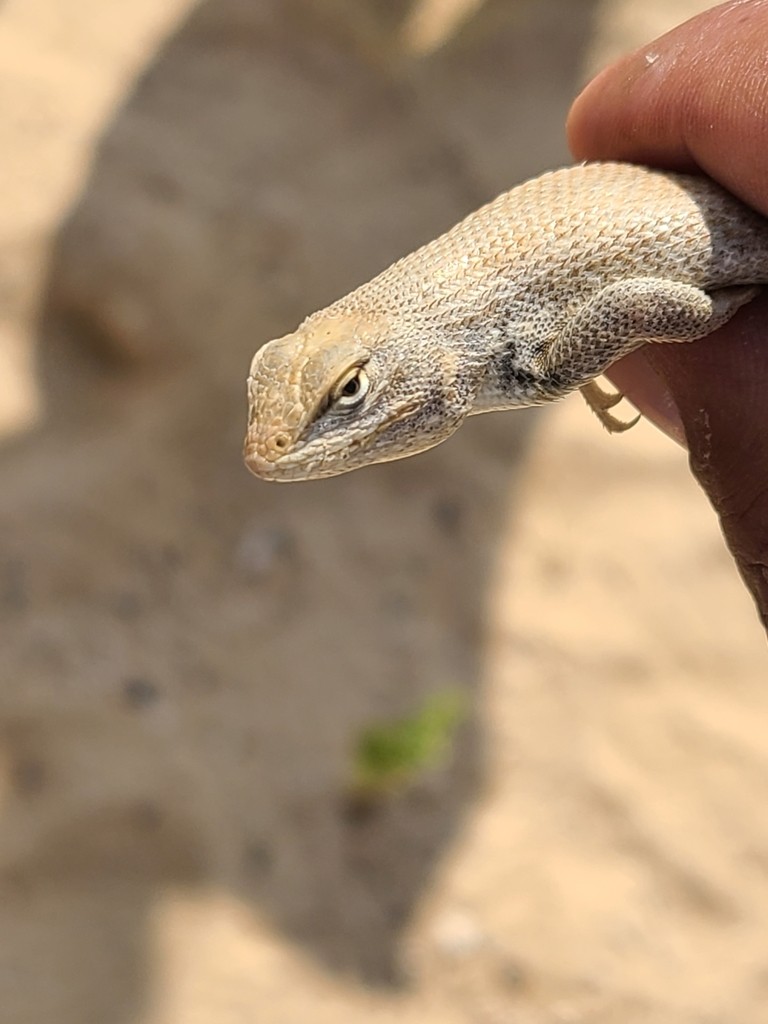Sand dune lizard
A species of Spiny lizards Scientific name : Sceloporus arenicolus Genus : Spiny lizards
Sand dune lizard, A species of Spiny lizards
Scientific name: Sceloporus arenicolus
Genus: Spiny lizards
Content
Description General Info
Description
The dunes sagebrush lizard, Sceloporus arenicolus, (formerly known as the sand dune lizard and the dunes-sagebrush lizard, Sceloporus graciosus arenicolus, a subspecies of sagebrush lizard), is an insectivorous spiny lizard species which only occurs in the shinnery oak sand dune systems of extreme southeast New Mexico and only four counties in adjacent Texas. Sceloporus arenicolus has the second-smallest range of all lizards in the United States.
General Info
Lifespan
3-5 years
Diet
Sand dune lizard or Dunes Sagebrush Lizard primarily subsists on a diet of arthropods. It specifically favors ants, beetles, and spiders, which comprise its core prey, and occasionally partakes in termites and moths.
Appearance
Sand dune lizard is a small-sized lizard with a slender body and rough, keeled scales. Its main coloration is pale beige or brown, effectively helping it blend into its sandy environment. Males tend to be more vividly colored, with blue patches on their bellies and throats. Notably, it has a long tail and limbs adapted to its burrowing lifestyle. Like other lizards, it possesses no fur but has a distinctive dry, grainy skin texture.
Behavior
Sand dune lizard is a predominantly solitary species, known for its distinctive push-up display used to communicate with others and establish territory. It possesses strong basking habits, important for thermoregulation. Males are territorial and compete for females during the mating season, while females display oviposition, burying eggs in sand.
Population
Decreasing
Scientific Classification
Phylum
Chordates Class
Reptiles Order
Lizards and snakes Family
North american spiny lizards Genus
Spiny lizards Species
Sand dune lizard 